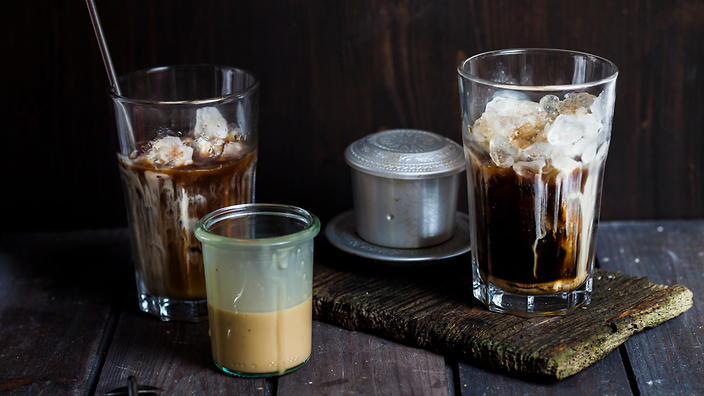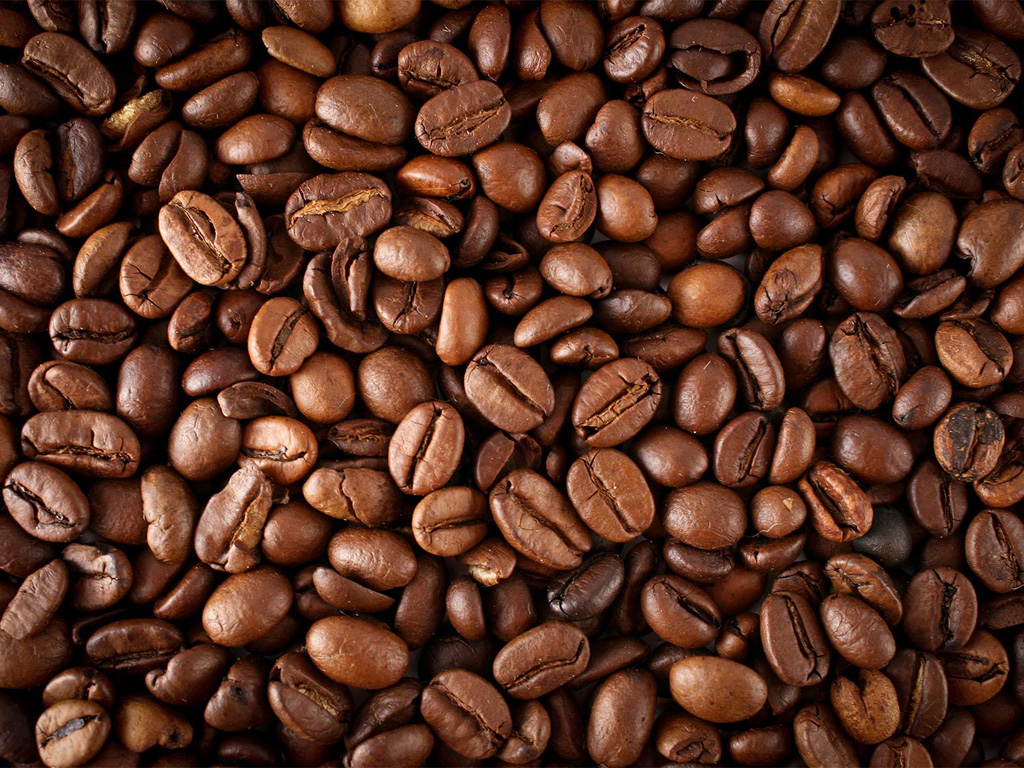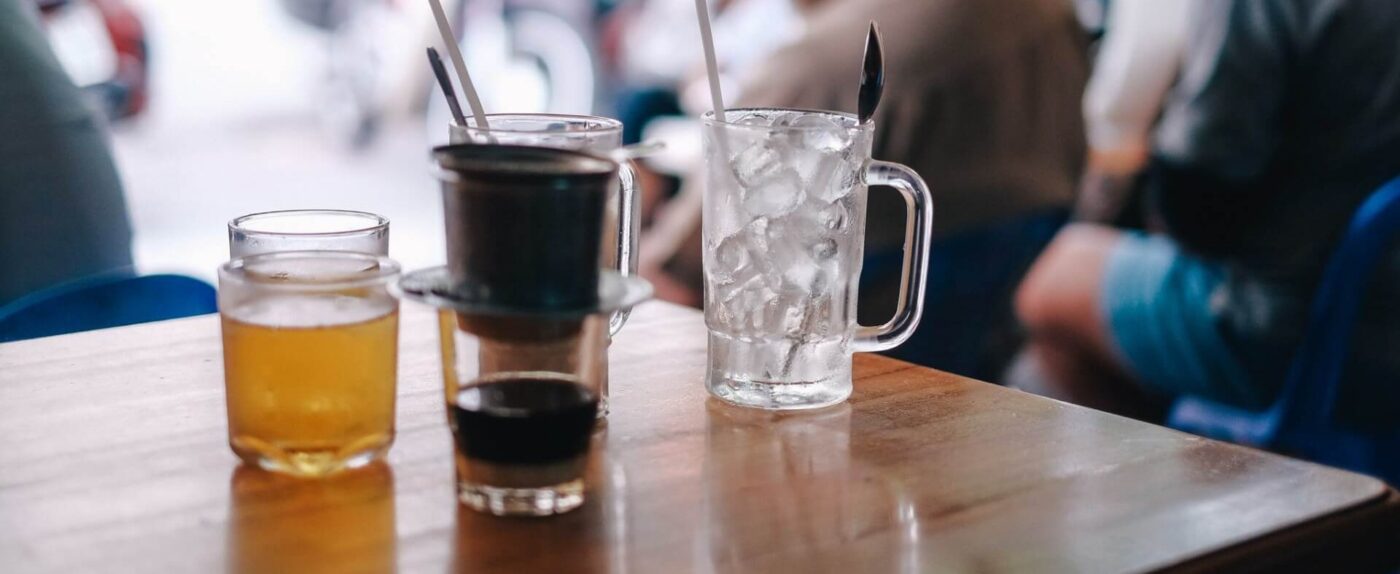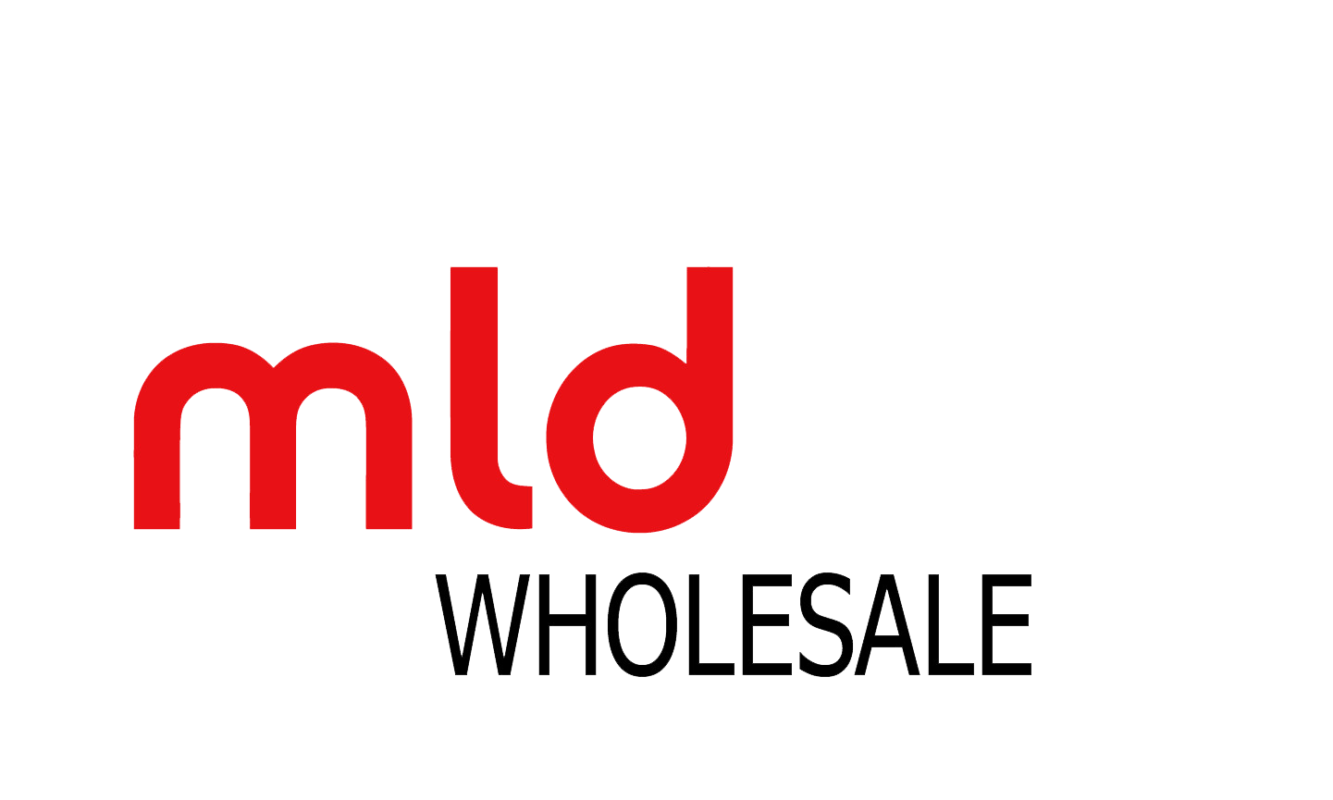Coffee is an important part of daily Vietnamese life, tourists coming to Vietnam are always craving for the strong taste of the famous Vietnamese coffee, like visiting Japan to experience tea culture. Coffee is a lifestyle in Vietnam, not just a drink or beverage.

COFFEE PRODUCTION IN VIETNAM
The French brought coffee to Vietnam in the 19th century. After the wars, the government started a massive coffee production program. The production started to take off in the late 1990s and Vietnam ranked second in coffee production, only after Brazil. Today Vietnam is producing over 1.73 million tons of coffee a year and stay stable in the second position in exporting coffee in the world, and coffee production has contributed to a significant amount of income for the economy. However, the production mainly focused on Robusta with rather poor quality. Robusta is almost twice as strong caffeine wise, with a thick lingering taste and higher acidity. In recent years, more focus has been putting on improving the quality of coffee with the widespread planting of Arabica beans, and especially, the infamous “weasel coffee” (Ca Phe Chon in Vietnamese). This specialty refers to the seeds of coffee berries when they’ve been eaten and defecated by Asia palm civet! That being said, weasel coffee has a distinctive fragrant flavor that is favored by many Vietnamese as well as coffee lovers worldwide. The strong taste, a thicker brew and a few over-roasted beans makes for a different, distinctive taste.
The heartbeat of coffee production is found in the vast Central Highland. There are numerous large producers here, most notably is Trung Nguyen – a local product. Besides, there are several foreign players including Nestle, who has been involving in the industry following economic liberalization in the 1990s. Coffee is produced as a raw material for exporting, then purchased, and processed by other manufacturers, and is added brandname, like Starbucks. In the other hand, Vietnamese manufacturers also control the production process to make it end-user products under the local brand, such as Trung Nguyen Coffee, or Vinacafe, …


HOW VIETNAMESE PEOPLE ENJOY COFFEE
How coffee is prepared and brewed is different in any other area of the world. Here, coffee is slowly roasted for 15 minutes with low heat while around the world, coffee machine is often used for this process. While machines are also commonly used to make a cup of coffee worldwide, in Vietnam, they load coffee into a filter. It is then left to drip for a much more intense flavor than an electric brewer. This is also how traditional “Ca Phe Phin” is made. The Vietnamese like their coffee nice and slow, and setting up the filter and choosing right time to drink is an art in itself. When the coffee is good, you’ll want to make it last.
Preparing the coffee this unhurried way, forces you to slow down and savor the experience. Watching the coffee, drip by drip, not only stokes your desire, but also forces you to sit for a few minutes, while the coffee brews. While all Vietnamese coffee is not prepared this way, the classic slow drip method, is a real treat and a reminder to chill and enjoy conversations. This is especially welcome advice in the all-encompassing hustle and bustle of life in the heavily populated Vietnamese cities.

Vietnamese people drink coffee morning, noon and night, at proper cafes or on little plastic stools on the street. Cafes — be they sit-down outdoor coffee shops, indoor coffee shops or more casual street-side coffee stalls are just a few of the gathering places for people of all ages.
When the French first introduced coffee into Vietnam in the late 19th century, there was a lack of fresh milk. Therefore, the French and the Vietnamese people began to use sweetened condensed milk instead to add flavor and sweetness to their coffee. Gradually, this becomes a habit for coffee drinking in Vietnam.

If you’ve never tried Vietnamese coffee before, your first time will be surely memorable due to the strong, liquor-like flavor. Two kinds of coffee that Vietnamese people often take are Ca Phe Nau (coffee with condensed milk) or Ca Phe Den (black coffee). In Northern Vietnam, people often order Ca Phe Nau Nong or Ca Phe Den Nong (Nong means hot) in winter to warm them up. But overall, Ca Phe Den Da (iced black coffee) and especially Ca Phe Nau Da (iced coffee with condensed milk) are more regular. Condensed milk plays an important role in coffee culture in this country.
With the arrival of several international coffee powerhouses, including Starbucks, some people are afraid that Vietnamese young generations will put their national coffee into oblivious. Let’s hope that will never happen and traditional Vietnamese coffee remains an important part of the cultural experience in any Vietnam culinary tours.
